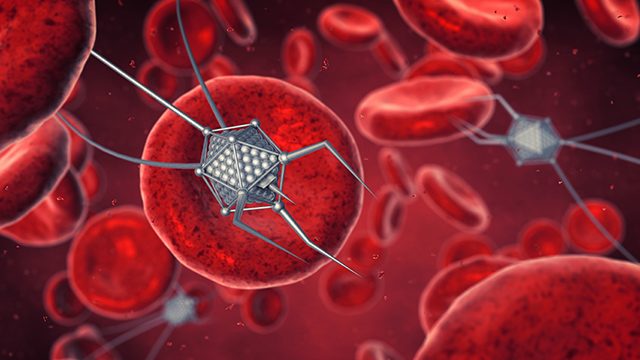SUMMARY
This is AI generated summarization, which may have errors. For context, always refer to the full article.

MANILA, Philippines – Last month saw a step forward in cancer treatment technology when a published study on peer-reviewed journal Nature Biotechnology detailed the successful use of nano-sized robots to precisely transfer drugs that treat tumors.
The researchers from Arizona State University and the National Center for Nanoscience and Technology of the Chinese Academy of Sciences engineered these nanobots with folded sheets of DNA and injected them into the bloodstream of mice which served as their test subjects. Carrying blood-clotting drugs, the nanobots cut blood supply in tumors, impeding its development and spread – effectively eliminating them.
Nanobots are devices so tiny they are invisible to the naked eye. According to a report by the Financial Times, these devices are roughly the size of a red blood cell or even smaller. Its tiny size proves advantageous in reaching places impossible with traditional surgery or other medical methods.
Problems with human trials
It should be noted that there are still a number of challenges for this discovery to overcome before reaching human clinical trials. Several experts asked by Financial Times spoke of these hurdles.
First, getting the nanobots to a specific part of the body and successfully carry out the procedure is much more difficult in a human body because of the speed and frequency of blood flow. Chances are the body will see it as a foreign body and expel it together with other bodily waste. Researchers are said to be working on ways to use magnetic fields to solve this set of problems.
Second, once these devices are inside a human body, they have to be tracked to check if the procedure has been carried out, so that they can be safely removed after. Currently, the devices are said to be too tiny to show up in X-rays and other current medical imaging technology.
Last but not the least is the cost of producing these devices. These innovations would not take top priority when it comes to the allocation of the limited medical resources in the world. Some believe robotics have yet to offer something traditional surgery or medicine cannot achieve on its own.
Regardless of how researchers look to overcome these roadblocks, this new published study brings some hope in the battle against cancer. – Rappler.com
Add a comment
How does this make you feel?
There are no comments yet. Add your comment to start the conversation.